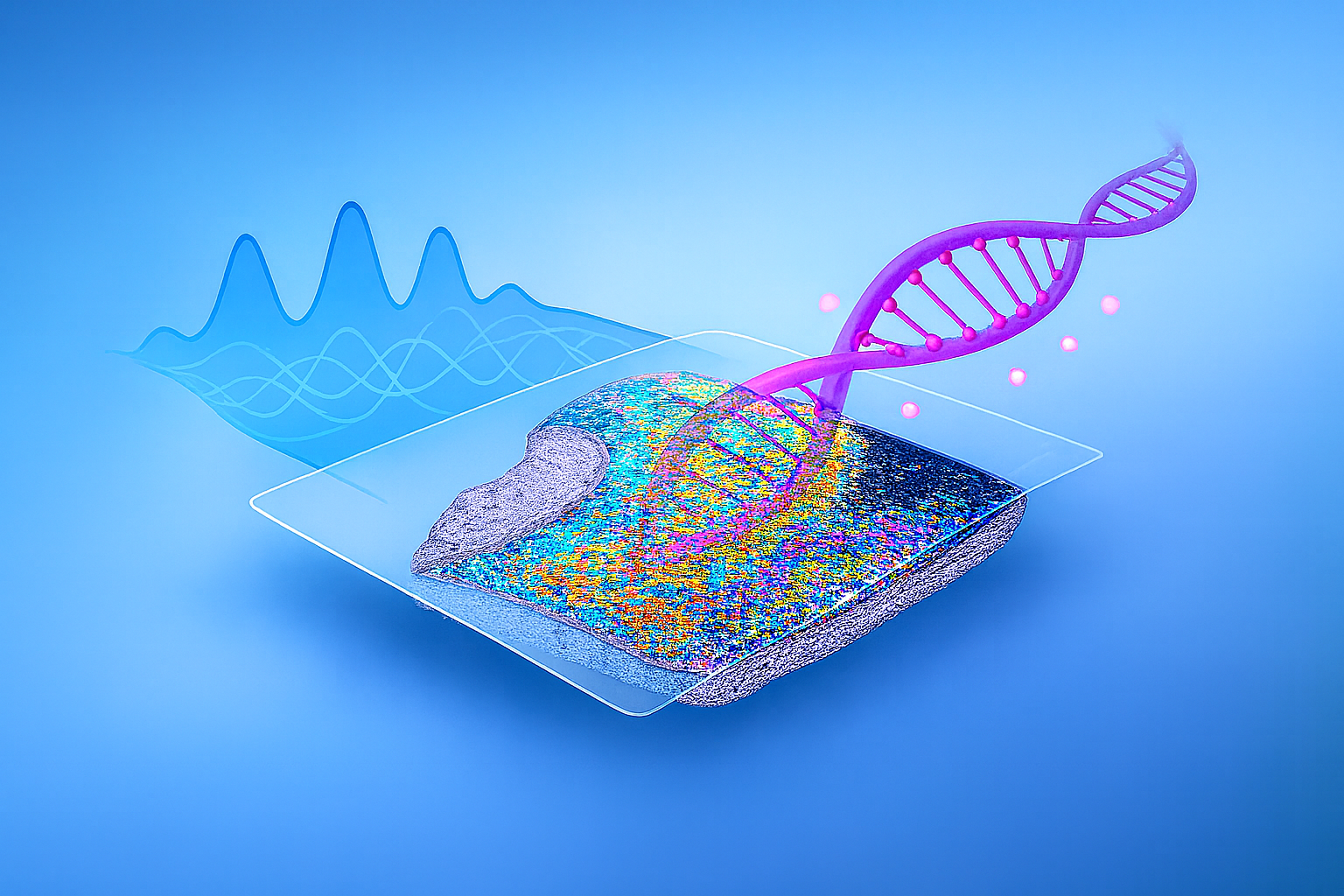
Bridging Epigenomics and Pathology to Transform Discovery
We enable mapping of DNA methylation, histone modifications, chromatin accessibility, and transcriptome into one spatial multiomics platform—unlocking a new dimension of discovery in disease and development
Our Breakthrough
DBiT-seq Platform
AtlasXomics offers the first and only platform for high-resolution spatial epigenome mapping
High Resolution
Achieve cellular and subcellular resolution with our advanced spatial barcoding system.
Multi-Modal Compatibility
Seamlessly integrate ATAC-seq, CUT&Tag, DNA methylation, and transcriptomics.
Scalable Workflow
From single sections to large cohorts, the platform scales with your study design.
Spatial ATAC-Seq
Spatial chromatin accessibility mapping.
Spatial CUT&Tag
Spatial histone modification mapping.
Spatial DNA Methylation
Spatial DNA-methylome profiling.
Spatial Transcriptome
Spatial gene expression profiling.
No Bioinformatician? No problem.
Explore your data effortlessly with our code-free bioinformatics pipeline



Publications & Validation
Empowering scientists to drive innovation and advance their research with AtlasXomics
We’ve partnered with 130+ labs worldwide
Explore real datasets, sample outputs, and visualizations from our spatial epigenomics workflows.
AtlasXomics Sample Qualification Assay White Paper
We have qualified FFPE clinical samples using our in-situ bulk assay, which reliably predicts full spatial assay success and helps investigators de-risk their studies.
Spatial profiling of chromatin accessibility in formalin-fixed paraffin-embedded tissues
Deng lab demonstrates spatial FFPE-ATAC with DBiT-seq, mapping chromatin accessibility in archived brain, thymus, and melanoma blocks at 10 µm resolution.
ASHG 2025 – Uncovering Tumor Resistance Mechanisms with Spatial CUT&Tag and Spatial ATAC-seq
Spatial CUT&Tag and ATAC-seq reveal pathology-aligned regulation and group-specific chromatin looping in gastric and prostate tumors.
Spatial profiling of chromatin accessibility reveals alteration of glial cells in Alzheimer’s disease mouse brain
AtlasXomics spatial ATAC-seq charts chromatin landscapes in AD-model mouse brains, uncovering microglia- and astrocyte-specific accessibility shifts tied to neuro-inflammation and synaptic dysfunction.
View Paper ↗Spatial epigenomic niches underlie glioblastoma cell state plasticity
Spatial ATAC at 25 µm, combined with multi-omics and snATAC across 28 GBM resections, reveals a consistent layout with SOX10-high OPC-like “islands” nested within the tumor microenvironment.
View Paper ↗Epigenomic landscape of the human dorsal root ganglion: sex differences and transcriptional regulation of nociceptive genes
Spatial ATAC-seq of human DRG uncovers X-linked EGR-motif enhancers enriched in female neurons and AP-1-driven Ca²⁺ pathways in males, outlining sex-specific pain signaling programs.
View Paper ↗Basic-Leucine-Zipper Transcription Factors Regulate Selective Molecular Phenotypes in Regulatory T Cells During IL-2-Induced Activation
Spatial ATAC-seq at 20 µm pinpoints activated Treg niches in spleen and lung, with BATF/BACH1 motifs opening at sites matching Th-like phenotypes observed in bulk and single-cell data.
View Paper ↗Start Your Spatial Journey
Ready to unlock spatial insights in your research? Contact our experts to discuss pilot projects, collaborations, or technical questions.
Get in touch
Email Us:
Info@atlasxomics.com
Vist Us:
C/O John B. Pierce Laboratory
290 Congress Ave.
New Haven, CT 06519-1403
Follow our research







